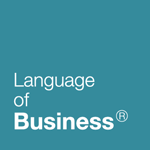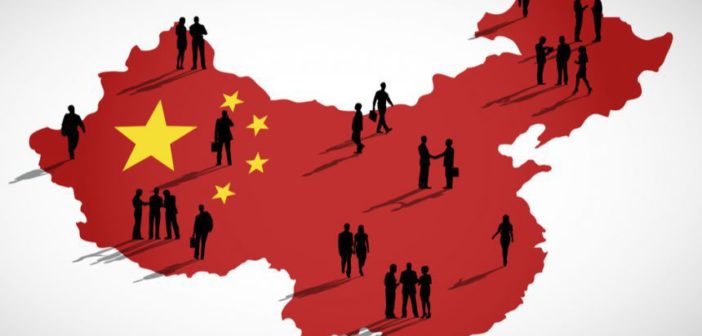Changes in China, Angel Investors & Risk, Case Competitions
Many thanks to so many colleagues inside and outside of BU who have helped these 4 articles come to fruition:
Magnitude vs. Probability: Angel Investors and Risk: When evaluating new venture opportunities, every angel investor thinks about risk, but how we think about it and assess it is very personal. Christopher Mirabile did an interview with me. Click here to read it.
Changes in China: Importers across the world now have greater latitude, and are playing their economic cards with China more strategically than ever. But to the Middle Kingdom’s credit, it’s responding creatively and in kind. Check out the Op Ed here, please.
Case Competition Best Practices: Analytical case competitions are the perfect venue to help students succeed, serving as a great antidote for so many in a generation defined by 8-second attention spans and whose cell phones double as body appendages. Click here to see how we’re pushing the Millennial generation to succeed.
9 Competitions and 9 Honors for Questrom MBAs: We are very fortunate to have had multiple teams succeed in competitions that span diverse industries, competition formats, and business models. Check out the students’ successes here.
Changes in China, Angel Investors & Risk, Case Competitions
As an avid China watcher since 1994, I’m always intrigued by how the People’s Republic interacts with the rest of the world.
Importers across the world now have greater latitude, and are playing their economic cards with China more strategically than ever. But to the Middle Kingdom’s credit, it’s responding creatively and in kind.
10-15 years prior China was one of the only reliable manufacturing options available. Yet over time, thanks to gentrification and a long-term mandate from the government to increase domestic consumption, labor rates and material costs began skyrocketing.
Although this was, and is, great news for the average Chinese citizen, it’s not so much for importers across the globe, which had previously enjoyed one stop shopping. Reviews have been mixed regarding the emerging markets and smaller countries that have capitalised on this trend, and are jockeying to steal market share.
It might take a long time to establish a bona fide relationship in China; but once you’re in, trust is no longer an issue. These new manufacturing entrants entice importers through “old school” China-like pricing, but their reliability and quality vary greatly.
Despite the changing landscape, much of China remains undaunted, and factories are enthusiastically offering creative (and ethical) solutions to try and maintain their legacy contracts. I call this the “one country, multiple systems” approach, as their use is no longer consistent across all customers or geographies.
I’m fortunate enough to bring my US business students to China every year, to offer consulting services, and to meet with firms about their strategies. Here are some recent examples of innovative solutions…
Increased Pricing Transparency
Suppliers are being more open about their pricing, in an effort to garner goodwill and maintain as much as they can of the status quo. It makes perfect sense. So much cost information is available online and formerly boilerplate contracts footnoted with Chinese disclaimers can be translated in a matter of seconds, anyway.
But this new approach also garners sustainability. It’s easy to be lured away by loss leader pricing. However, can those newcomers replicate delivery timetables and quality from the 2nd order onward? Also, without a historical track record, will they “be there for you” if there’s an unanticipated problem?
In this same regard, many factories are willing to operate far below capacity, in order to keep themselves in business and maintain good customer relations. This was almost heretical several years prior, even for suppliers that made huge investments and relocated out of southern China (i.e., Dongguan) to the northern provinces, so workers could be closer to their families.
Willingness to Make Business Pivots
For years, China proudly stuck to the mantra that its 4,000 years of recorded history afforded executives to do things the “Chinese way.” This not only covered manufacturing techniques, timetables and IP management, but also the required nightly dinner banquets and Baijiu toasts to test the mettle of foreign guests.
What a difference a few years once again makes. The toasts are truly ancient history, since DUI arrests are on the rise. But well beyond cultural changes, more and more state owned enterprises, and behemoth corporations, are either inviting Western consultants to China or enrolling their staff in US executive education programs. They’re bringing knowledge creation in house and appreciably changing decades old core business strategies, in order to remain competitive.
I can assure you none of this is lip service, or mere window dressing. Many of these programs involve a multi-month, follow-up approach so that both teacher and student can receive in-person progress reports via subsequent meetings. In other cases, programs might be scheduled for years at a time. Our university recently played host to a delegation looking to enter into a long-term arrangement.
Expansion Beyond US Partners
China and the US enjoyed a long-term special relationship of trust and joint economic prosperity, most recently dating to the People’s Republic Reform and Opening in the late 1980’s (改革开放).
These days, although the US is still 1st in most trading categories, new competition is rewriting the scorecard. According to the European Commission web site, “China is now the EU’s second-biggest trading partner… and the EU is China’s biggest trading partner.”
World’s Top Exports lists the UK as 9th. China is welcoming these changes en masse for many reasons, the least of which involves diversification.
Even beyond expanding trading partners, China takes pride knowing it has the world’s attention. Japan and Korea formerly were so lucky.
Nothing lasts forever, especially in business. After losing so many core industries in the US, and then in Europe, many of us took our lumps the hard way. Eventually we burned the old playbook, pivoted to survive (even before that term was in vogue) and haven’t looked back since.
Not so bad for a country I call home, which sports only 200+ years of history. It’s nice to know our Far Eastern brethren are now accepting the same reality, launching their latest economic resurgence and willing to create multiple systems in a single country to stay alive, relevant and successful.




